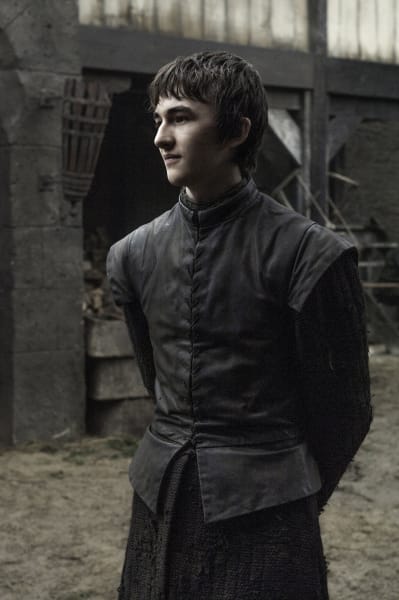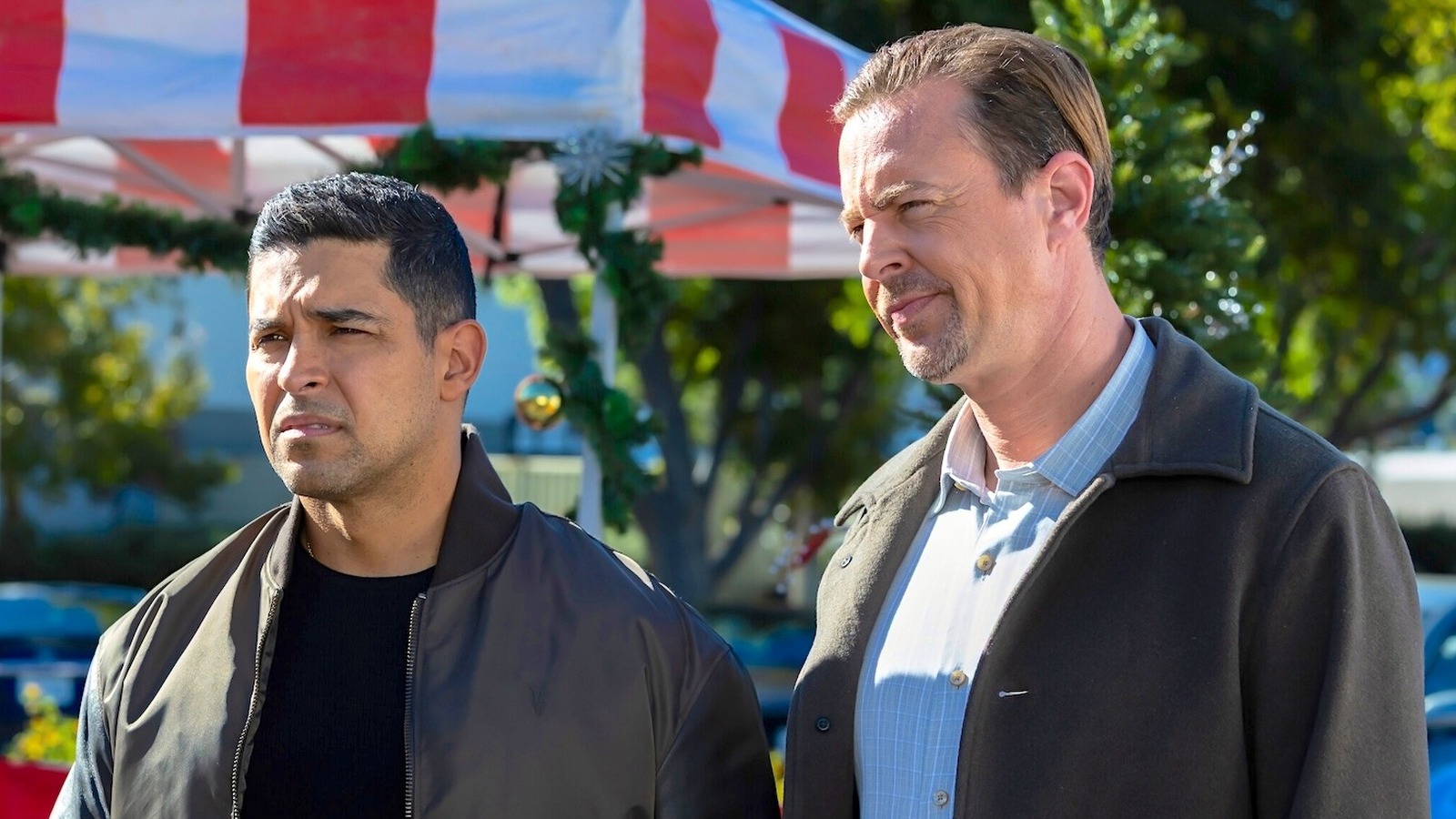It’s been almost five years since Game of Thrones wrapped up its wildly popular run on HBO.
But while the show might have consistently delivered stellar ratings, it didn’t always leave viewers feeling satisfied.
In fact, half a decade after the controversial Game of Thrones series finale, any mention of the series is still more likely to elicit complaints than fond memories from people who would’ve once described themselves as devoted fans.

Why such a rapid reversal of opinion?
Well, Game of Thrones’ lackluster final season is the most obvious culprit, but the criticism began long before Daenerys turned to the dark side.

The show’s ability to generate controversy and debate among fans was one of the keys to its early success.
Unfortunately, by the time Bran Stark came out of left field to claim the Iron Throne, the chorus of criticism was far louder than the smattering of praise.
It’s impossible to pinpoint the first storyline that left GoT fans divided, but the controversies certainly began in Season 1, possibly with disagreement over one very important member of the Stark family.
Sansa Stark: Badass or Bonehead?
Few characters who survived to the end of the series endured as much torment as Sansa Stark.

But was she the ultimate hero, who repeatedly outsmarted her enemies to get out of tight spots, or was she just a spoiled princess whose bad decisions frequently landed her (and her loved ones) in harm’s way?
Yes, Sansa endured horrific abuse at the hands of both Joffrey Baratheon and Ramsay Bolton, but as many fans have pointed out, she was so single-minded in her quest to marry the evil dweeb Joff that she ignored a field of red flags and betrayed her family (albeit under duress).
In the end, Sansa showed herself to be one of GoT’s most resilient heroes (and she deserves a world of credit for having the nefarious weasel Littlefinger put to death), but for some viewers, her mistakes will always outweigh her triumphs.
Ramsay’s Torture of Theon: A Bit Much?

Speaking of bad decisions, Theon Greyjoy does not meet anyone’s definition of a good dude, and he cruelly betrayed the Starks even though Ned and Catelyn took him in and raised him as one of their own when he was a child.
But no one deserves what Theon went through for an entire season at the hands of the sadistic Ramsay Bolton.
Some believe the prolonged torture storyline (culminating in a scene that put us off sausage for good) was necessary in order for the audience to understand how the arrogant Theon could’ve been transformed into the sniveling Reek.
Others felt that the same message could’ve been conveyed in a scene or two.
Whatever your personal view, there’s no denying that Game of Thrones was willing to “go there” in terms of graphic violence and its psychological impact in a way that few shows in history have dared.

The Resurrection of Jon Snow
But while the series was often unflinchingly realistic in its portrayal of violence, at other times, it was keen to remind us that Westeros very much existed in the realm of fantasy.
Take, for example, the story of Ramsay’s fellow bastard Jon Snow, which took what some would call a shark jump turn in Game of Thrones Season 6, when Jon was murdered by his Night’s Watch colleagues and brought back to life by witchy woman Melisandre.
The trope where a hero of ambiguous parentage proves himself unkillable goes all the way back to the New Testament, but some viewers thought that that particular plot device should remain in Sunday school.
Those folks couldn’t really complain, of course, that the twist required too much suspension of disbelief — this was a show with freakin’ dragons, after all.

But many griped that once a story introduces the possibility of a major character coming back to life, the stakes are permanently lowered, as no death will feel permanent thereafter.
The Lameness of the Night King
Of course, Jon wasn’t the first GoT character to return to the land of the living.
Charismatic boozebag Thoros of Myr had a knack for reviving his fallen comrades, and the Night King could raise the dead with a flick of his wrist.
Unfortunately, the otherworldly monarch who was built up to be the show’s ultimate villain turned out to be sort of a letdown when he was easily dispatched by Arya Stark after clashing with Jon Snow’s forces in a poorly illuminated, episode-long battle.

The Regression of Jaime Lannister
It’s not easy to redeem a character who cripples an innocent kid in your pilot episode, but GoT writers did their best with Jaime Lannister.
As the series progressed, Jaime’s soft spot for underdogs like his brother Tyrion and his fellow knight Brienne of Tarth grew larger.
And to the delight of many fans, Jaime’s incestuous love for his evil sister Cersei seemed to wane.
So it was a source of great frustration to many when the one-handed warrior renewed his loyalty to the wicked queen at the end of his arc.

Of course, just because a character is complex and has a tendency to make confusing decisions, that doesn’t mean they’re poorly written.
But unfortunately, Jaime’s motives were not the most baffling in the show’s final season.
Evil Daenerys
Sometimes a solid heel turn can breathe new life into a long-running show.

But when a good character breaks bad, viewers have to believe that the change happened organically, over a long enough period of time for it to be believable.
When Daenerys Targaryen transformed from benevolent queen to murderous airborne pyromaniac in the show’s oddly hurried final season, many viewers felt that the change happened far too quickly to be taken seriously.
Like so much of what took place in Game of Thrones Season 8, it often felt as though showrunners David Benioff and D.B. Weiss were merely in a rush to get to the finish line.

The Rise of Bran the Broken
And speaking of the whole “tight deadline” vibe of those final episodes, the decision to resolve eight seasons of conflict by having Tyrion declare Bran the winner, as though he was drawing a name from a hat?
Yeah, that didn’t sit well with fans for obvious reasons.
But in fairness to King Bran, the problems with the final season are much bigger than any individual storyline.
Viewers often had the sense that Weiss and Benioff just wanted to be done with the show so that they could move on to other projects.

(If that’s the case, it’s an ironic motive, as multiple projects have since fell through for the producing pair, and they’re just now poised to return to TV with another genre drama, the Netflix sci-fi series The 3 Body Problem.)
So we’re not sure if the show’s conclusion can rightly be called divisive, as pretty much everyone disliked it.
It’s a testament to the disappointment of the show’s conclusion that at a time when online contrarians love nothing more than to defend a widely reviled piece of pop culture, pretty much no one has taken a revisionary view of the final episodes of GoT.
For all its faults — and they were plentiful — Game of Thrones beat the odds by transforming a series of dense fantasy novels into the most buzzed-about show on television.

When it was good, it was great, routinely delivering viral moments and sparking watercooler conversation in a way that we might never see again.
Was there a dropoff in quality in the show’s final season? Absolutely.
But for several years, GoT was the most consistently exciting series on television — and we think that’s something most fans can agree on.
Hit the comments below to tell us which Game of Thrones episodes or storylines left you with an overwhelming desire to throw your remote at the TV!
Edit Delete
Tyler Johnson is an Associate Editor for TV Fanatic and the other Mediavine O&O sites. In his spare time, he enjoys reading, cooking, and, of course, watching TV. You can Follow him on X and email him here at TV Fanatic.






.png)
